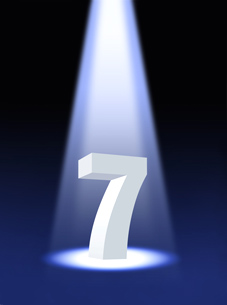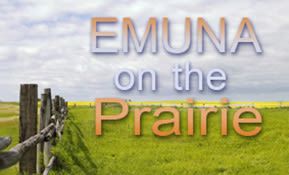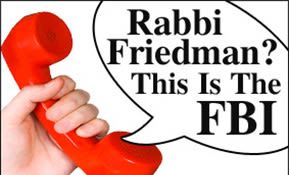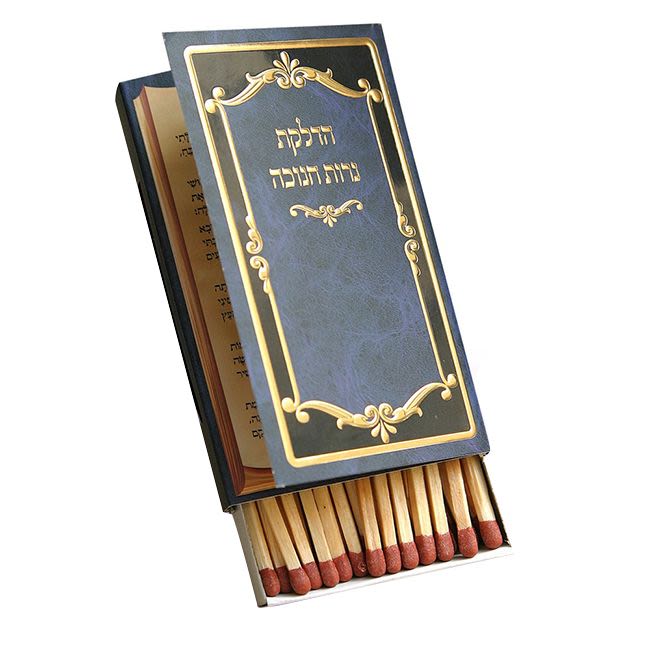
Magical Seven
The seven Noahide Laws are a continuation of a special chain of holiness that permeates creation, like a spiritual DNA based on the magical number seven…

 Over the course of writing the series of articles on the Seven Universal Commandments for Breslov Israel I learned many wonderful facts that pertain to our lives as Bnei Noach that I want to share with you here. May they inspire in us all an even greater appreciation of The Creator, our connection to the Jewish people, and the importance of our role as Gentiles in elevating the world.
Over the course of writing the series of articles on the Seven Universal Commandments for Breslov Israel I learned many wonderful facts that pertain to our lives as Bnei Noach that I want to share with you here. May they inspire in us all an even greater appreciation of The Creator, our connection to the Jewish people, and the importance of our role as Gentiles in elevating the world.
The Meaning of Seven:
- Seven is symbolic of completion.
- There are seven days of the week.
- There are seven Universal Commandments.
- Noach was the seventh generation after Adam and Eve.
- Moses was the seventh generation after Abraham.
- The rainbow that God gave to Noach, the sign of the covenant of everlasting life, had seven colors.
- When the Tower of Babel was being built to reach the heavens, a form of arrogant idolatry, God punished the world by creating 70 languages so that we would not understand each other. (Prior to that there was only one language.)
- There were 70 Gentile nations that formed around the 70 languages.
- In Kabbalah there are Ten Sefirot, or emanations of Divinity, that reflect attributes of The Creator. These attributes are carried into the structure of everything in the Universe. Seven of the Sefirot reflect what could be called emotional attributes of The Creator and each one of these attributes has a partner in the Seven Universal Commandments.
- There are seven days of mourning in Jewish tradition.
- There are seven days of celebration after a wedding.
- The Torah starts with a verse containing seven words.
- There are seven weeks between Passover and Shavuot.
- Every seventh year the land in Israel lays fallow.
- The menorah in the Holy Temple had seven arms.
- The Holy Temple had seven entrances.
- Rosh Hashanah (New Year) occurs in the seventh month of the Jewish calendar.
- There are seven levels of heaven.
There are many other instances of seven in Torah and in Jewish tradition.
Other fascinating historical facts about Bnei Noach:
- Abraham offered his son Isaac on the place where the Temple was eventually built. After the flood Noach offered a sacrifice at the same site.
- The Seven Laws were taught at an academy in Jerusalem by Noach’s son Shem and Eber, his grandson. Later Abraham himself studied at the academy of Shem!
- The Seven Universal Laws were given to Adam and Eve (however they were forbidden to eat meat at all), they were all given again to Noach (we were then allowed to eat meat), and again to Moses at Sinai to reaffirm the importance of these laws being spread to the nations of the earth.
- Gentiles who live by the Seven Universal Commandments have had many names throughout the ages: God-fearers, Fearers of The One, Worshipers of God, Righteous of the Nations, Bnei Noach or children of Noach (Ben meaning son, Bat meaning daughter), and Noahides.
- Rashi believed that the world was destroyed in the flood because of sexual immorality, theft, and idol worship.
- When God gave the sign of the rainbow to Noach it was the first time a rainbow had been seen in the world.
- The original strife between Joseph and his brothers centered around an argument they had over whether or not they should follow the Noahide law about not taking meat from an animal with a moving limb or the Mosaic law which says that Jews can eat meat from an animal that has been ritually slaughtered even if the limb is still moving. (The Patriarchs had the gift of prophecy and having seen what would occur on Sinai obeyed those laws too.)
- The children of Israel were commanded to teach the Seven Universal Laws to all of mankind.
- During the eras of the first and second Holy Temples, Gentiles who committed to live by the Seven Laws could live in Israel and could even make offerings at the Temple.
***
Sources for this article: The article “Seven” by Rabbi Shraga Simmons, The Seven Colors of the Rainbow by Rabbi Bindman, and The Path of the Righteous Gentile by Chaim Clorfene and Yakov Rogalsky.











9/03/2009
thanks I just wanted to say thank-you Alice. I am new to this and I have really appreciated the series this summer on the universal commandments.
9/03/2009
I just wanted to say thank-you Alice. I am new to this and I have really appreciated the series this summer on the universal commandments.
9/03/2009
Re: The Role of the Gentile I don’t like how your comment says that the gentile was simply made for the sake of the Jew. It’s unduly demeaning of the gentile, in my opinion. Every aspect of creation is an end in itself, not just a means. Also, the gentiles have the Noahide mitzvot, meaning that not just the Jew but also the gentile is supposed to have a relationship with HaShem.